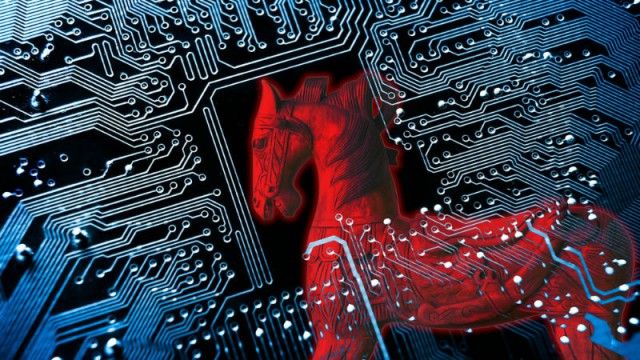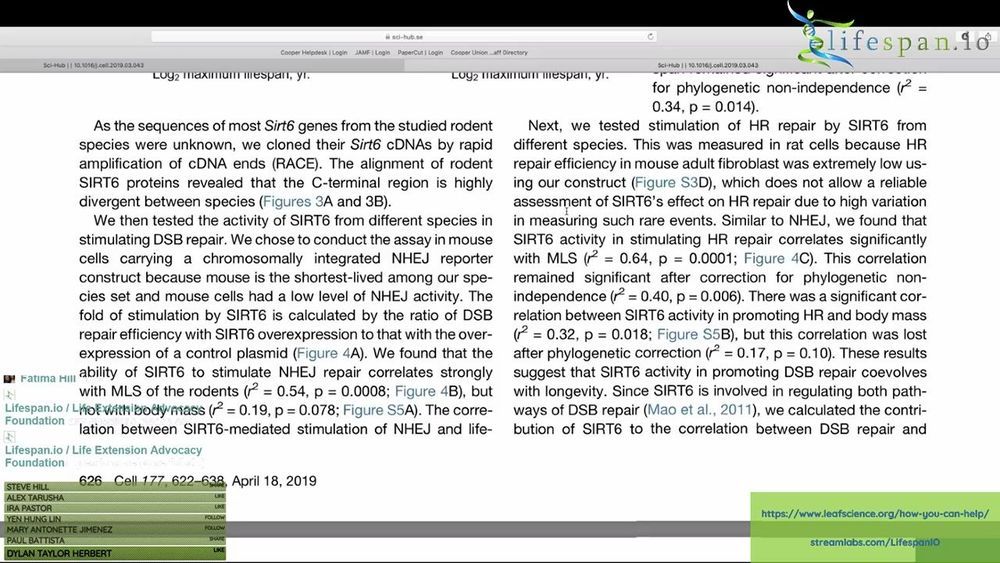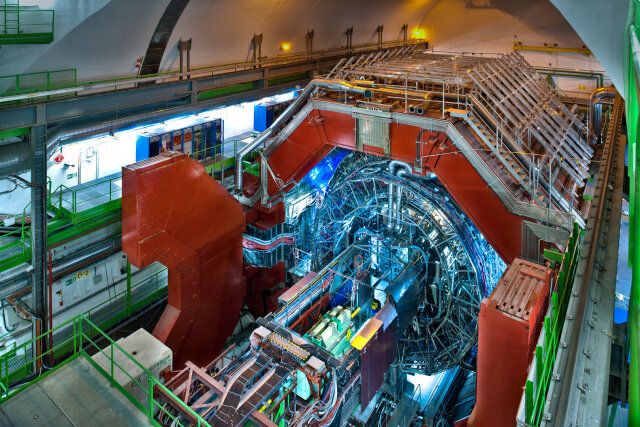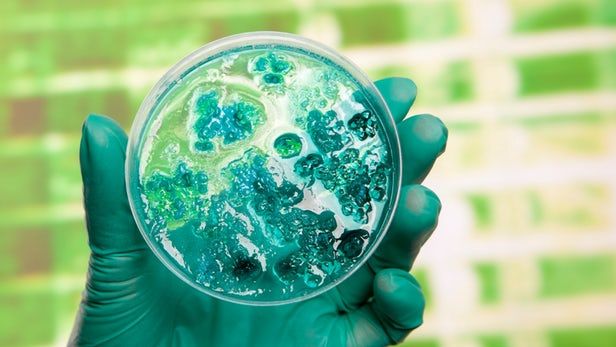Aug 6, 2019
The evolution of Emotet: How to protect your network
Posted by Genevieve Klien in categories: cybercrime/malcode, evolution, finance
With over 350,000 new malware samples emerging every day, it’s difficult for any one strain of malware to make a name for itself. Any single malware sample whose name you know — be it Mirai, WannaCry, or NotPetya — speaks to a trail of devastation.
In 2019, people are also hearing another name: Emotet.
But Emotet has been around in one form or another since 2014, and its first major resurgence was in 2017. In the beginning, Emotet was just one trojan among many — a particularly run-of-the-mill banking trojan that did some damage before being researched, understood, and dismissed in a flurry of signature updates.


















